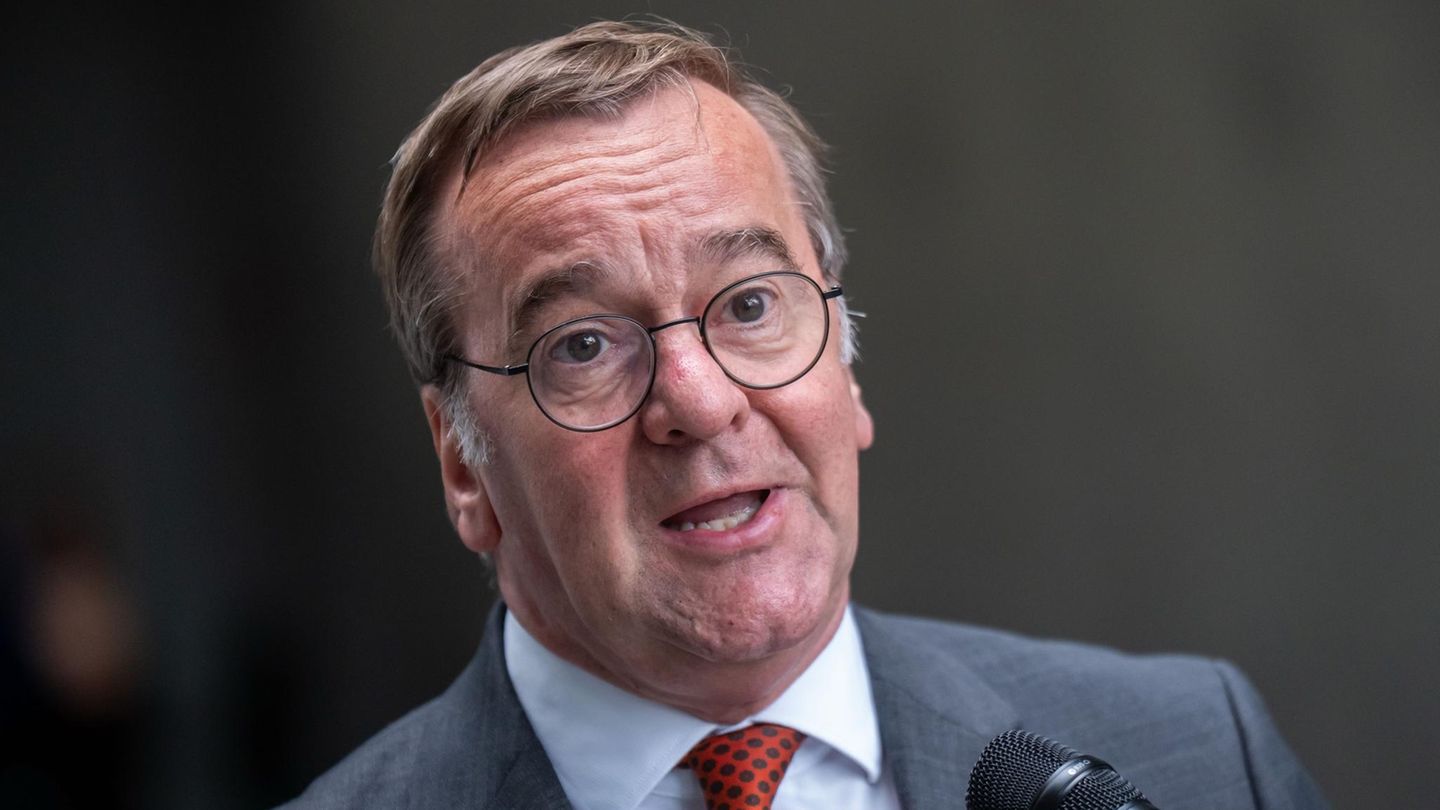Image: VOLKER WEIHBOLD
Have you ever walked across the Nibelungen Bridge in Linz on a weekday around 7 a.m. or 5 p.m. and inspected the motorcade? You may have noticed that in most cars only the driver sits. But this image is not only visible on the Nibelungen Bridge.
In Upper Austria, cars used for commuting have an average of only 1.06 people. So 106 commuters are divided into 100 cars. This was the result of a survey carried out by the Austrian Transport Club (VCÖ) in 2022. “If the number were not 1.06 but 1.2, then there would be no more traffic jams,” said State Transport Councilor Günther Steinkellner (FP). On an average working day, our compatriots would make around 65.5 percent of all journeys by car. “It is still the most important means of transport in our society.”
Projects can be submitted until May 29th
The State Transport Council wants to create more incentives to reduce car traffic on Upper Austria’s roads – where possible. Innovative ideas are intended to encourage compatriots to travel to work by public transport or bicycle. The VCÖ Mobility Prize was created for this purpose. For the 20th anniversary, the state, transport club and ÖBB are looking for innovative projects to sustainably improve mobility.
Last year, an initiative from Frauscher Sensortechnik received an award. The Innviertel company encouraged its employees to carpool by making the “Carployee” app available free of charge. But the call is not only aimed at companies. Municipalities, tourism regions, universities or private individuals can also submit their projects by May 29, 2024 at www.vcoe.at/mobilitaetspreis.
What is needed are, among other things, improvements in public transport, in the cycling infrastructure or projects that promote exercise among children and young people. An expert jury selects the winners and brings them before the curtain in September.
From trend to everyday life
“Public mobility is no longer just a trend, but increasingly a part of our everyday life,” said ÖBB regional manager Eva Hackl. “In order for us to achieve the mobility transition, we needed many different, innovative ideas.”
Christian Gratzer from VCÖ emphasized that more and more people are using bicycles or public transport. The number of kilometers cycled has doubled within ten years – racing cyclists or mountain bikers who cycle in their free time are not included here. The climate ticket has also motivated thousands of Upper Austrians to switch. According to VCÖ, a total of 80,000 compatriots have one of the three climate ticket variants.
My themes
For your saved topics were
new articles found.

info By clicking on the icon you can add the keyword to your topics.
info
By clicking on the icon you open your “my topics” page. They have of 15 keywords saved and would have to remove keywords.
info By clicking on the icon you can remove the keyword from your topics.
Add the topic to your topics.
Source: Nachrichten




